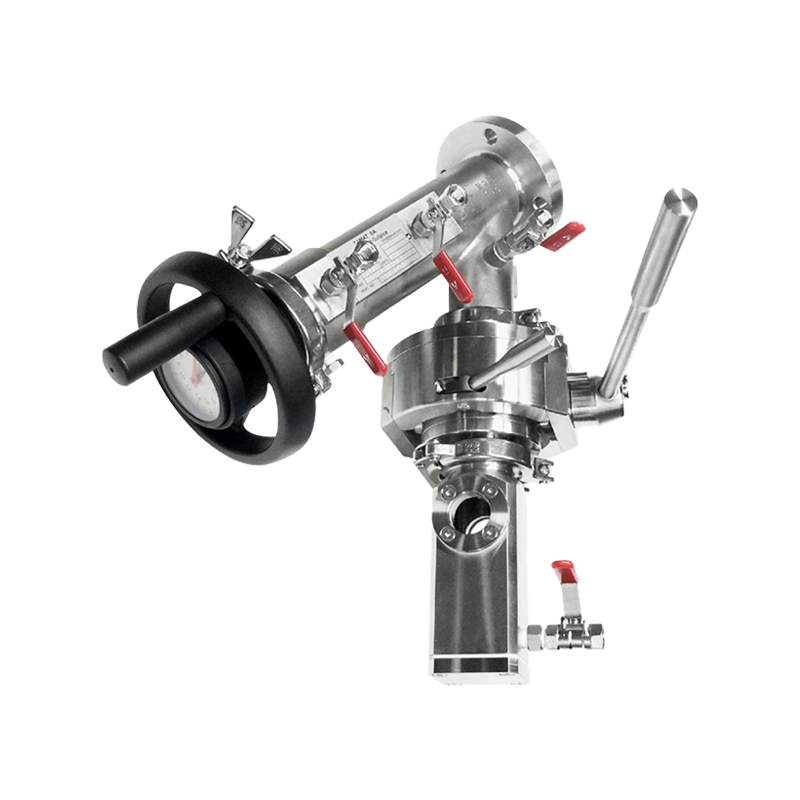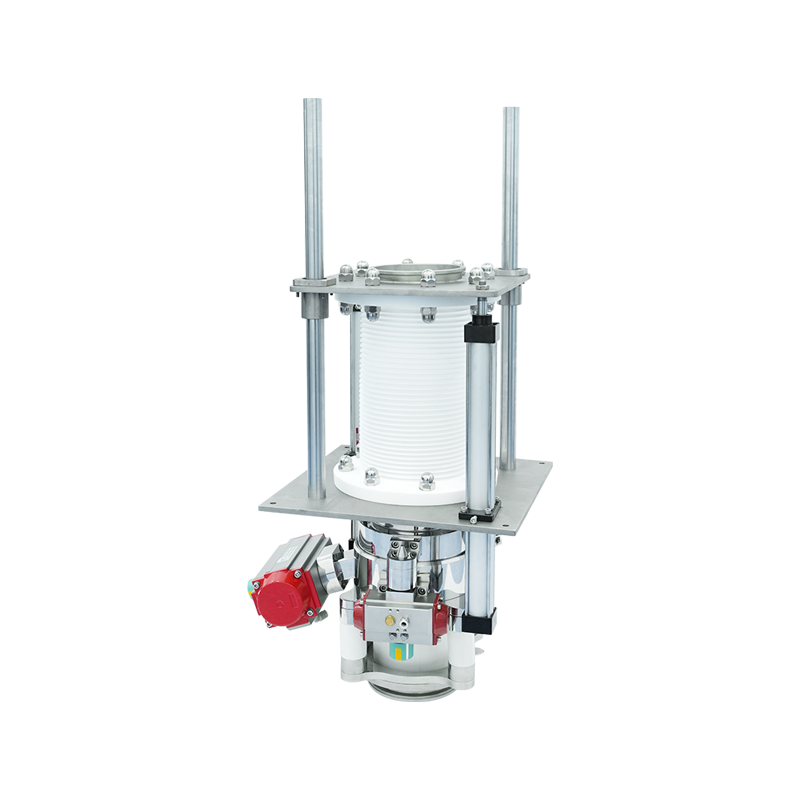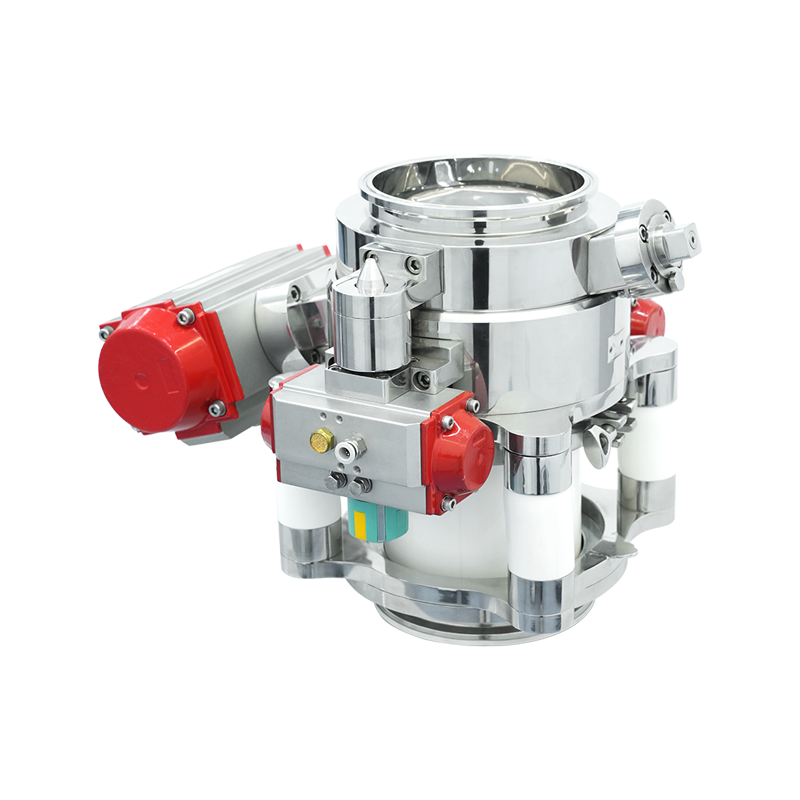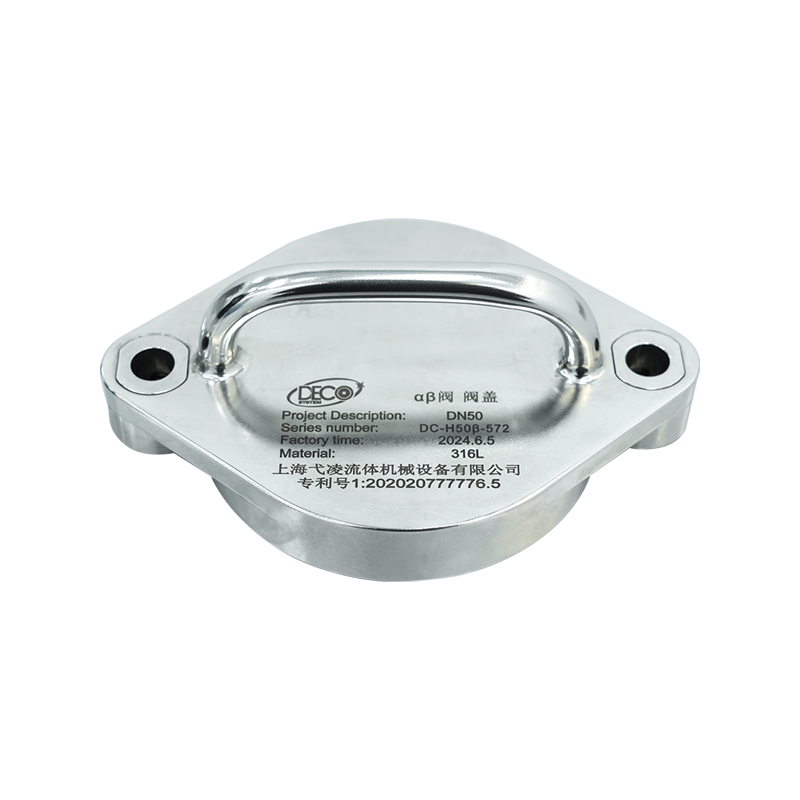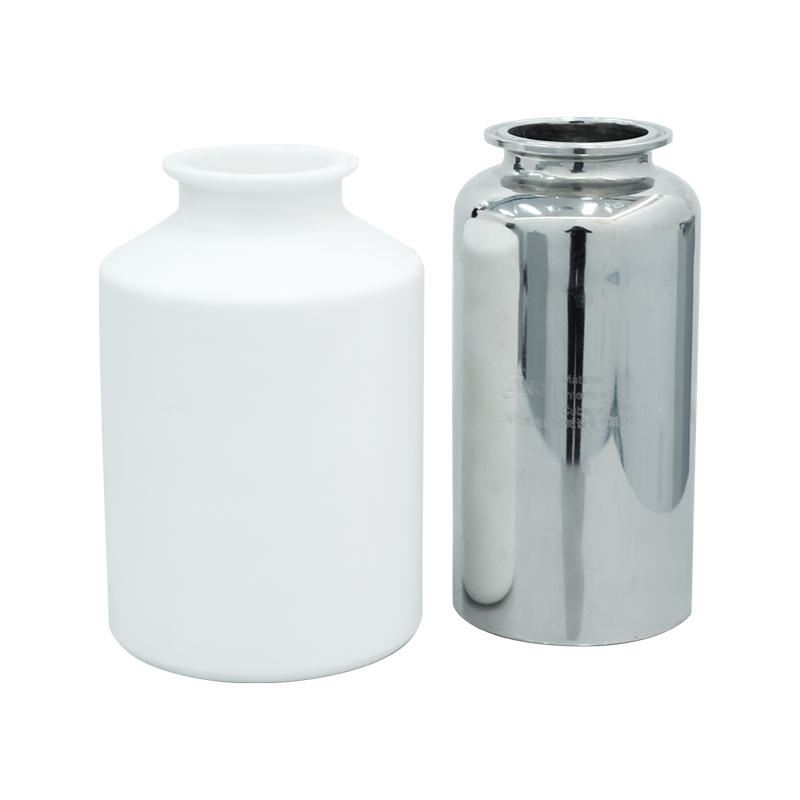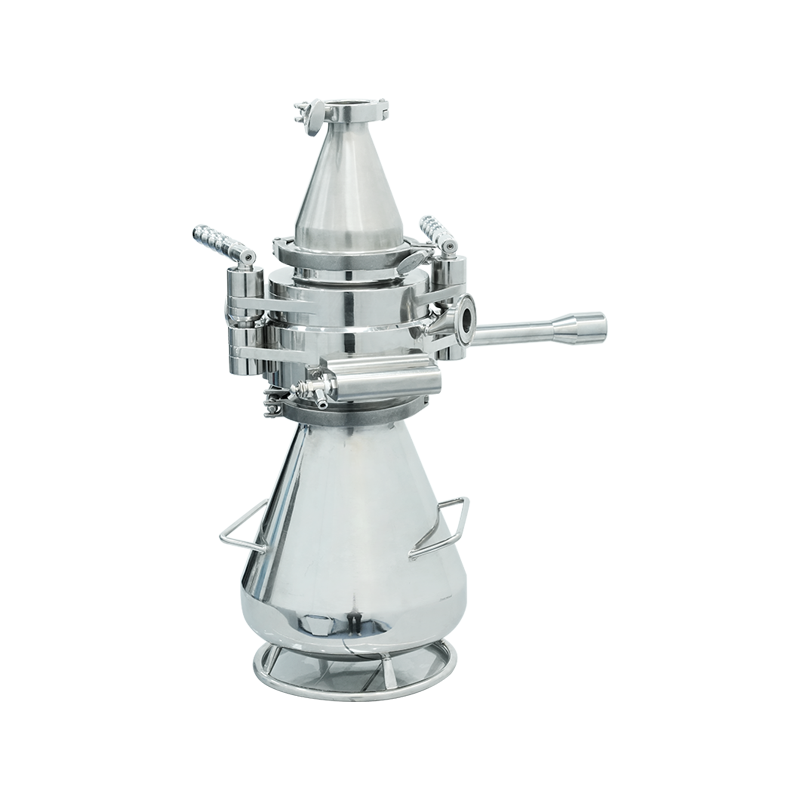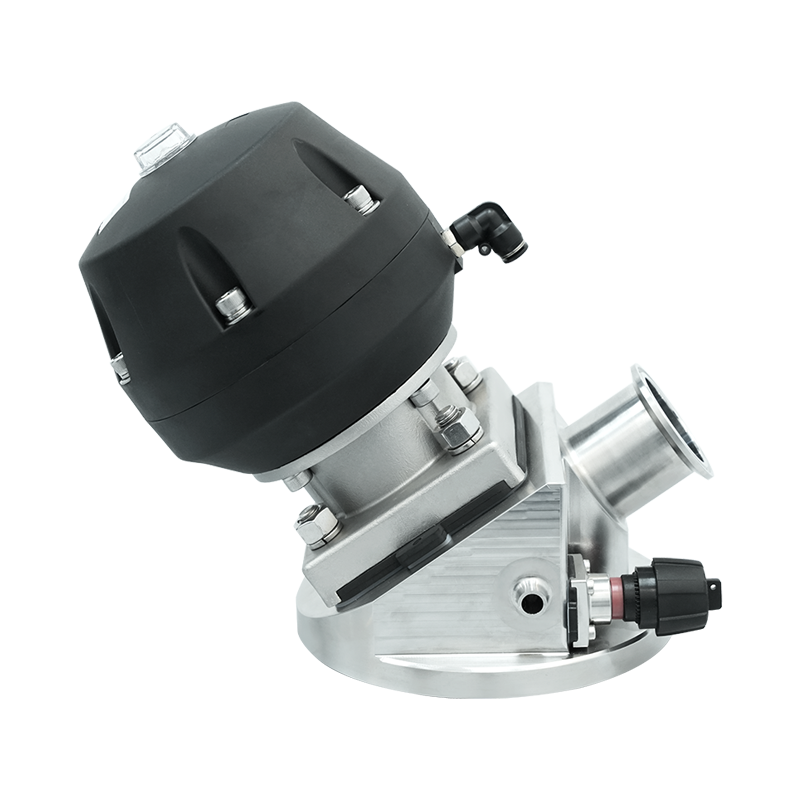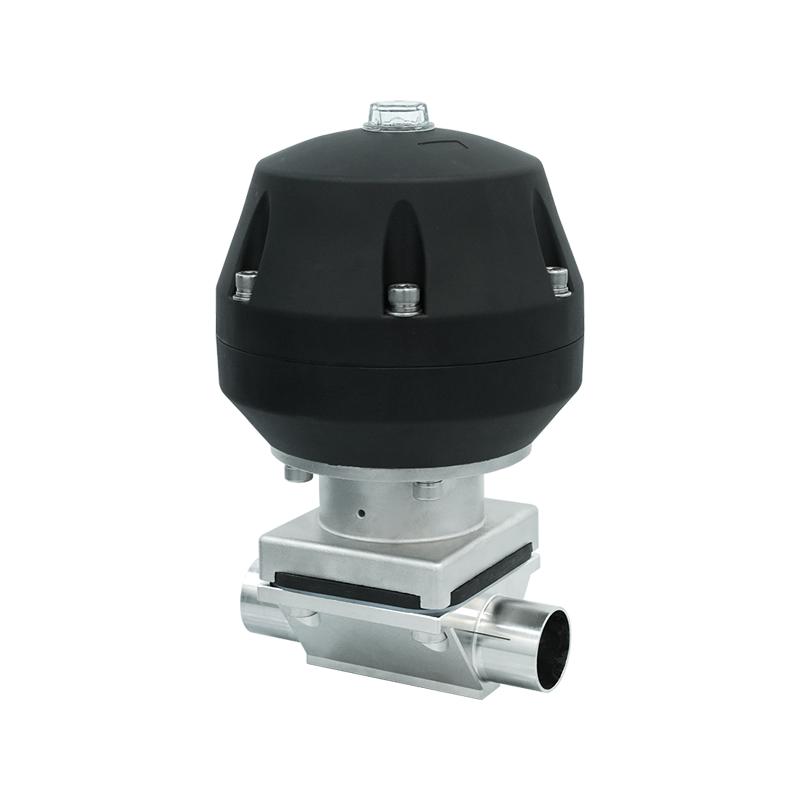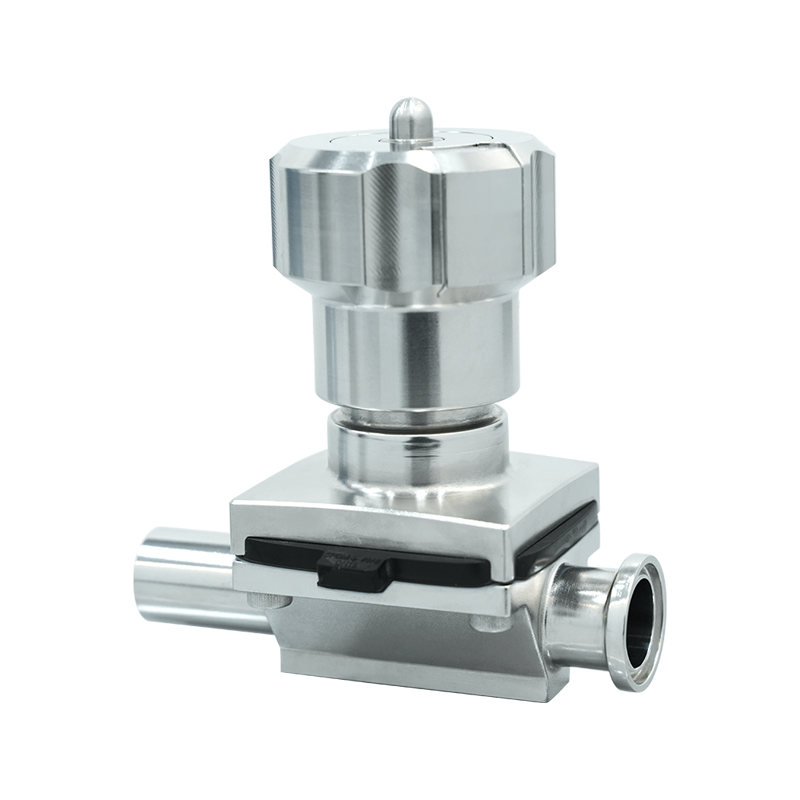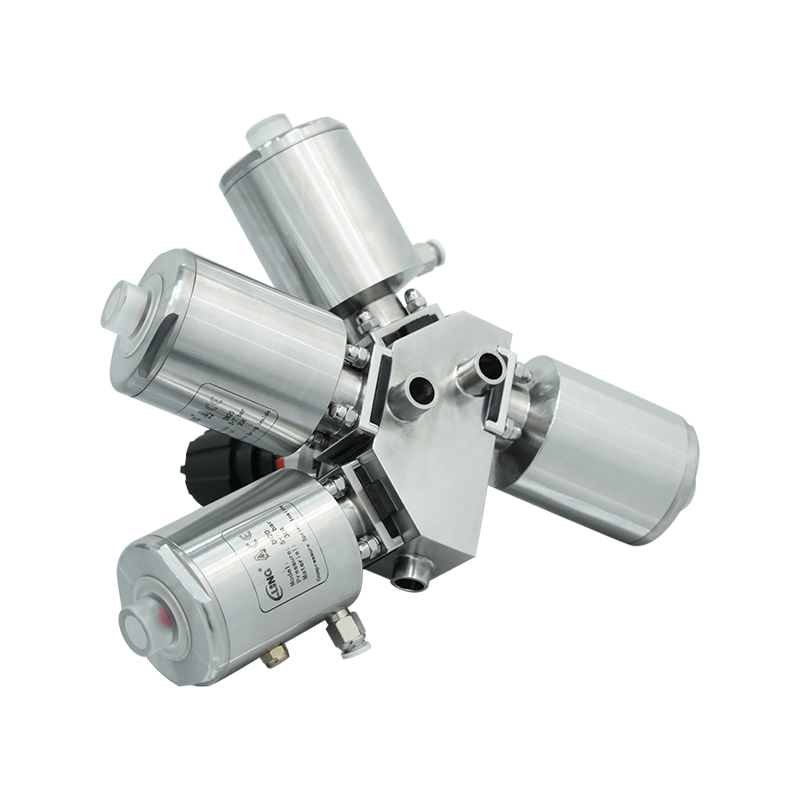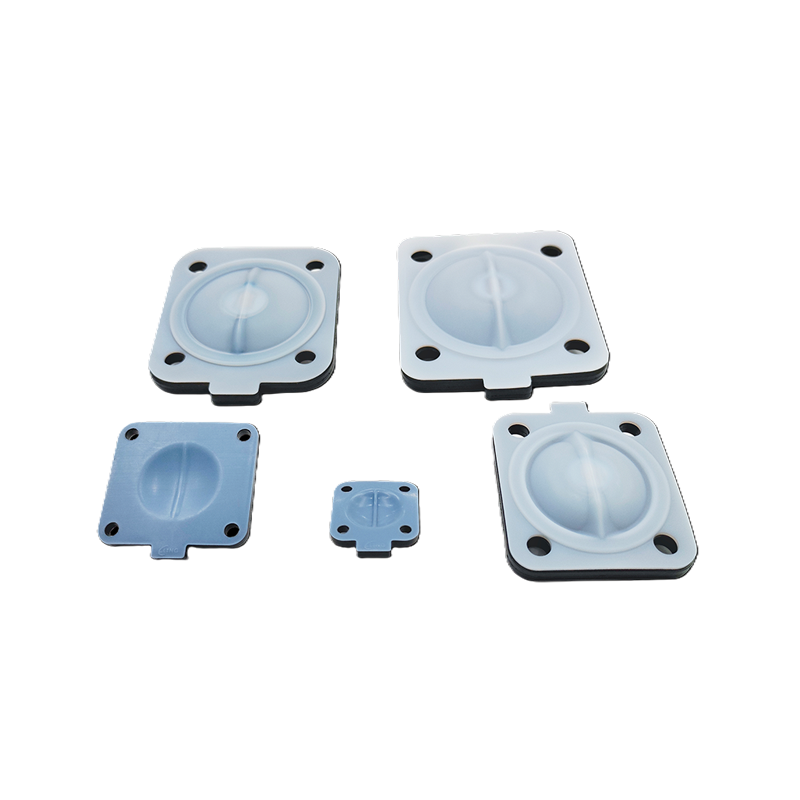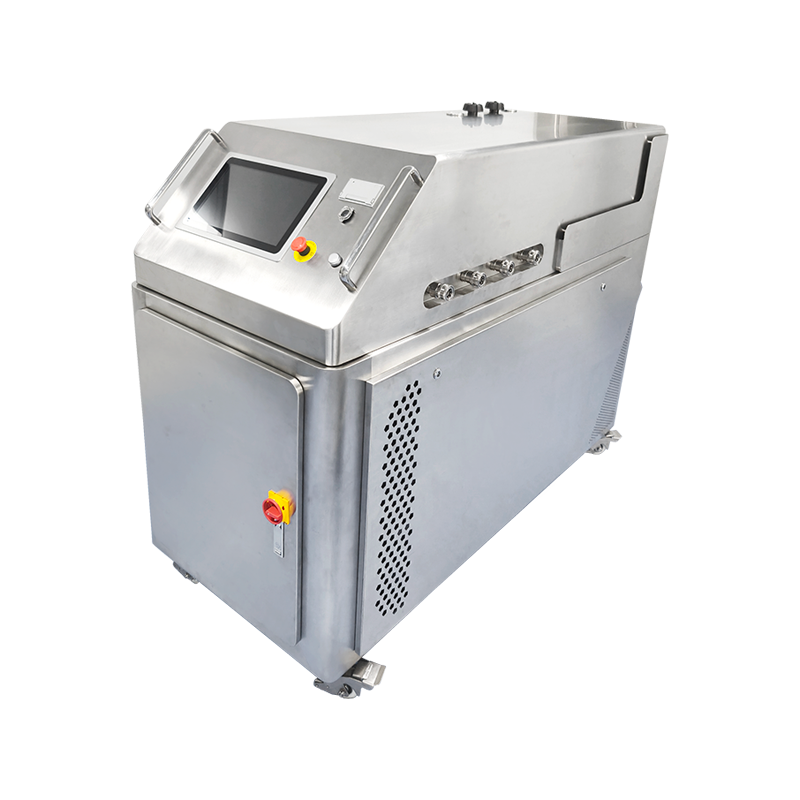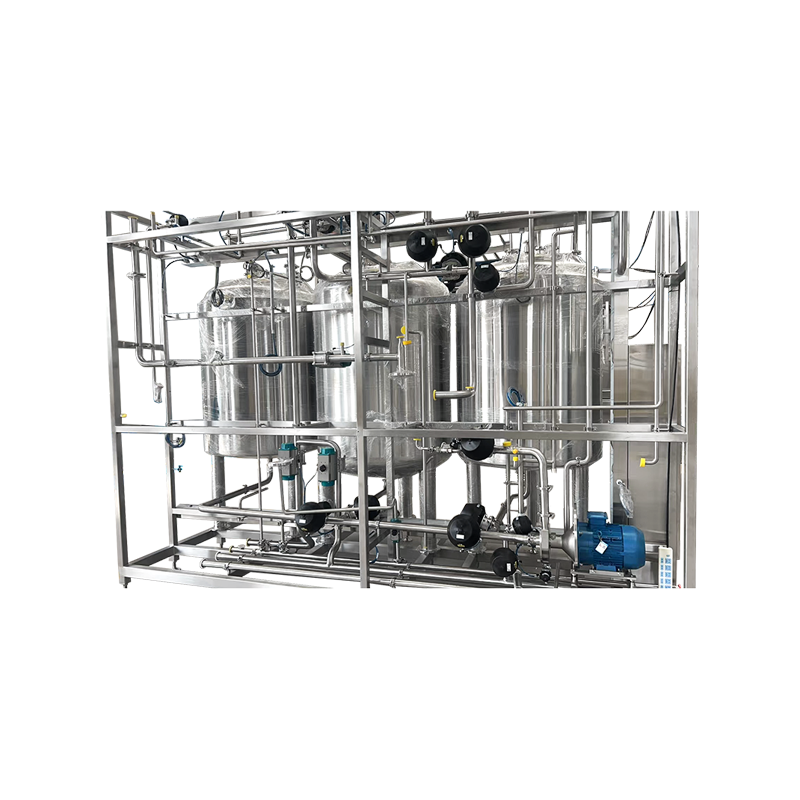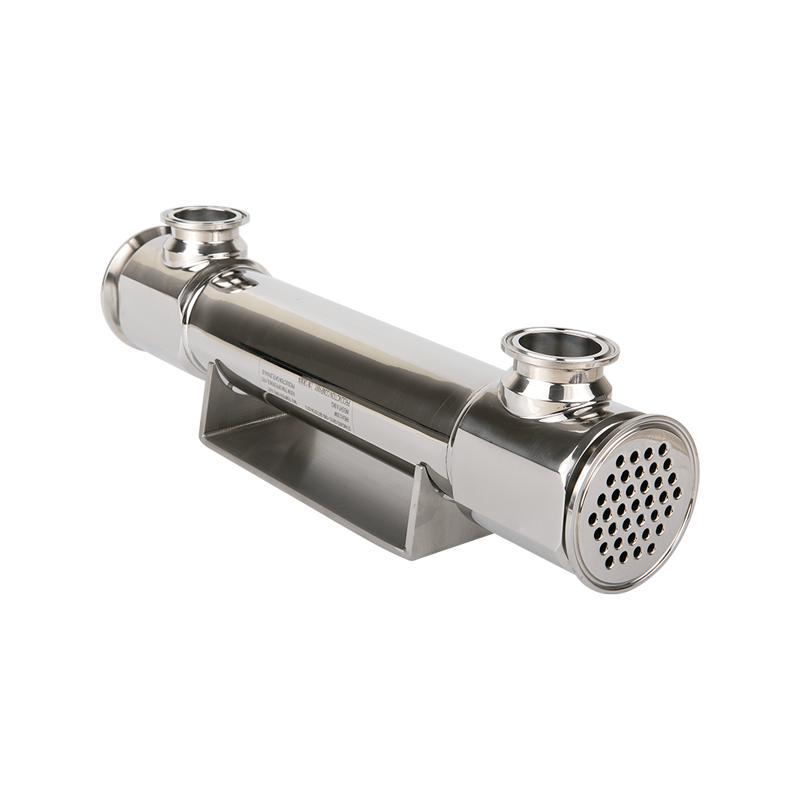In the pharmaceutical industry, the sealing performance of valves is one of the core elements that ensure drug quality and production safety. Among them, diaphragm valves are widely used due to their unique structural design, especially in high-purity media transportation, aseptic process flows, and the control of corrosive chemicals. So, how is the sealing performance of a pharmaceutical diaphragm valve achieved? This article analyzes the topic from the perspectives of structural principles, material selection, sealing mechanisms, and industrial applications.
1. Core Structure of the Diaphragm Valve: The Barrier Function of the Diaphragm
The key to the sealing performance of a diaphragm valve lies in its diaphragm, a critical component typically made of elastic materials such as rubber, polytetrafluoroethylene (PTFE), or fluoroelastomers. Positioned inside the valve body, the diaphragm moves up and down via the valve stem to open or close the valve.
Operating Principle: When the valve stem moves downward, the diaphragm is pressed tightly against the valve seat, forming a physical barrier that completely isolates the medium from the valve stem and actuator. When the valve stem is lifted, the diaphragm separates from the valve seat, allowing the medium to flow through the valve body.
Sealing Advantage: The diaphragm's elastic deformation enables it to conform to the valve seat surface. Even if the valve seat has minor unevenness, the diaphragm can fill the gaps through deformation, ensuring effective sealing.
2. Material Selection: Dual Protection of Corrosion Resistance and Chemical Stability
The pharmaceutical industry imposes stringent requirements on material cleanliness, corrosion resistance, and chemical inertness. The sealing performance of diaphragm valves is directly affected by the choice of materials.
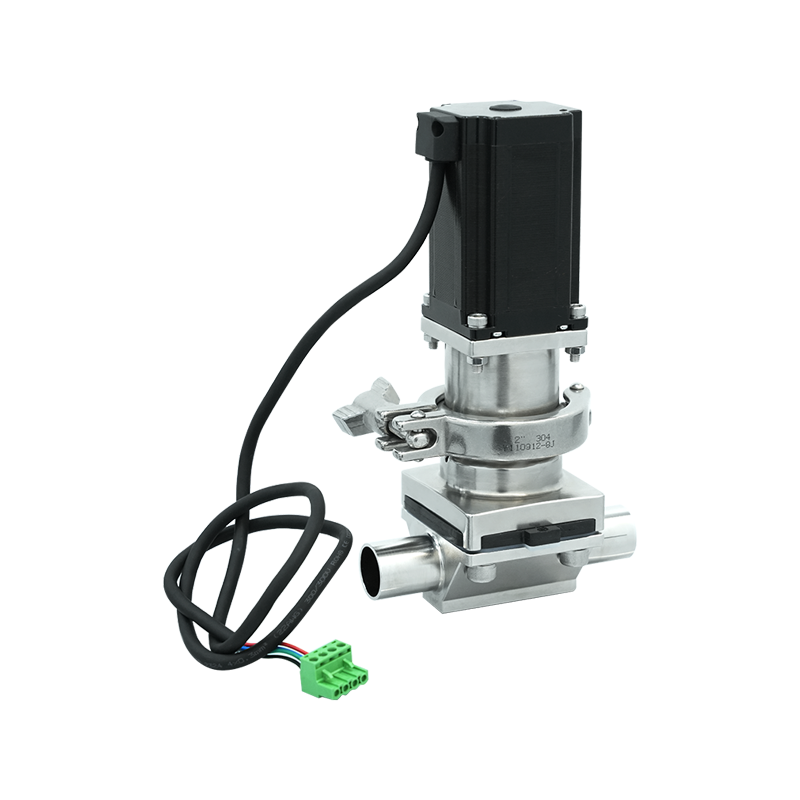
Diaphragm Materials:
Rubber types (e.g., NBR, EPDM): Suitable for non-corrosive media, offering good elasticity and sealing performance.
Fluoroelastomers (FKM): Resistant to high temperatures, strong acids, and alkalis, making them suitable for CIP (clean-in-place) and SIP (sterilization-in-place) environments.
PTFE: Highly chemically inert and compatible with nearly all media, ideal for high-purity pharmaceuticals and aggressive chemicals.
Valve Body Materials:
Stainless steel (such as 316L) is commonly used for pharmaceutical diaphragm valve bodies due to its corrosion resistance, ease of cleaning, and surface finish that meets GMP (Good Manufacturing Practice) standards.
For certain specialized applications, valve bodies may be made of PTFE or ultra-pure plastics such as PFA or PVDF to enhance chemical compatibility.
3. Sealing Mechanism: Multi-Layer Design for Zero Leakage
The sealing performance of pharmaceutical diaphragm valves is achieved through an integrated multi-level design rather than a single factor.
Primary Seal Between Diaphragm and Valve Seat:
The diaphragm’s elasticity allows it to conform tightly to the valve seat, forming the first sealing layer. The valve seat is typically finely machined with a very low surface roughness (e.g., Ra ≤ 0.8μm) to reduce the risk of leakage.
Secondary Seal Between Diaphragm and Valve Body:
A secondary seal is established between the diaphragm and valve body via mechanical compression or welding, preventing medium leakage from the diaphragm edges.
Dead Space-Free Design:
Traditional diaphragm valves may have small gaps where the diaphragm connects to the actuator, potentially retaining media (known as "dead space"). Modern pharmaceutical diaphragm valves minimize or eliminate dead space through design optimizations such as integrated valve bodies and direct diaphragm-to-stem connections to meet aseptic production standards.
Actuator-Assisted Sealing:
Pneumatic or electric actuators precisely control valve stem movement, ensuring stable diaphragm positioning during opening and closing. This prevents sealing failures caused by over-compression or loosening.
4. Sealing Challenges and Solutions in Industrial Applications
Pharmaceutical processes place rigorous demands on the sealing performance of diaphragm valves. The following challenges must be addressed in actual applications:
Sealing Stability in High-Temperature and High-Pressure Environments:
During SIP processes, valves are exposed to steam at temperatures above 121°C and high pressure. Diaphragm materials must withstand high temperatures, and the thermal expansion coefficients of the valve body and diaphragm must be compatible to avoid sealing failure due to thermal stress.
Long-Term Resistance to Aggressive Media:
Some pharmaceutical processes involve strong acids, bases, or organic solvents. Selecting corrosion-resistant diaphragm materials such as PTFE or fluoroelastomers, along with optimized surface treatments (e.g., electropolishing), can reduce chemical erosion.
Sealing Longevity Under Frequent Operation:
Frequent valve actuation in pharmaceutical production may lead to diaphragm fatigue. Optimizing diaphragm thickness, hardness, and structural design (such as reinforced ribs) can extend service life.
5. Future Trends: Smart Technology and Material Innovation Enhancing Sealing Performance
As the pharmaceutical industry demands higher efficiency and cleanliness, the sealing performance of diaphragm valves continues to evolve.
Smart Monitoring Technologies:
Integrating pressure sensors or leakage detection devices enables real-time monitoring of valve sealing status, providing early warnings of potential faults.
New Sealing Materials:
Development of advanced composite materials that combine high elasticity, heat resistance, and chemical stability further improves diaphragm sealing performance and durability.
Modular Design:
Modular construction enables quick diaphragm replacement, reducing downtime while maintaining consistent sealing performance after replacement.






